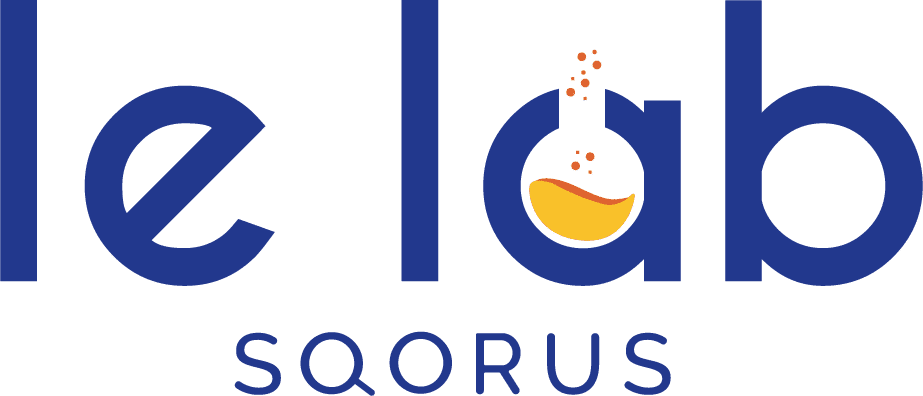3 innovations in work organization
In an ever-changing professional world, employee commitment has become a major issue for companies. With this in mind, we present 3 innovations for your company. Get ready to rethink the foundations of your organization and give your employees the keys to meaningful professional fulfillment.

A study conducted in 2022 by Edenred and BigBoss found that in France, 60% of HR managers are seeing a decline in employee engagement.
One of the responses to this disengagement may be to implement QWL (Quality of Life at Work) initiatives: redesigning workspaces, benevolent management or even reorganizing working hours.
To take this subject a step further, we invite you to explore 3 innovations in work organization.
Organizational innovation #1: the 4-day week
It answers the following question: can we work better in less time, while earning just as much?
In France, che system allows you to work 4 days, instead of 35 hours, for 32 hours, while keeping the same salary. The promise? With 3 days off a week, employees should be able to fulfill their professional and personal potential.
But while the model is already more widespread abroad, in France we’re still in the experimental phase, even though the Labor Code now allows any company to switch to a 4-day week.
But let’s move on to an illustration: concerned about the well-being of its employees, LDLC, a company specializing in the e-commerce of computer hardware, is experimenting with a 32-hour week over 4 days for its 1,000 employees. 000 employees from January 2021. Beforehand, managers worked on a new organization and adjusted schedules so that no difference in service quality was visible. This was the case: a palpable sense of well-being among the teams, an impact on customer loyalty, increased growth, a negative balance between hirings and departures…
What about the results in general?
The results observed on a European scale are positive:
- Increased productivity and sales due to improved concentration
- Reduced stress and fatigue
- Reduced absenteeism
- Reduced travel and a smaller carbon footprint
Nevertheless, we must not ignore the fact that such a change in the organization of working hours has its drawbacks:
- There is a risk of work overload and a negative impact on employee health if the amount of work cannot be reduced.
- Reorganizing the company’s structure can sometimes be too complex to rethink
Despite these challenges, the 4-day week offers significant opportunities to improve human resources management and promote employee well-being. By adopting this innovative approach, your company can benefit from tangible results such as increased productivity, reduced stress and lower absenteeism.
However, rigorous planning and transparent communication are essential to prevent potential problems arising from work overload and internal reorganization. Gradual adaptation of your organizational structure will maximize the benefits of the 4-day week while minimizing any potential drawbacks.
To anticipate the recruitment challenges of tomorrow, it is essential to develop solid adaptation strategies. In our dedicated article, you will find the keys to adapting as a recruiter and staying and remain effective in a constantly changing environment.
Organizational innovation #2: Breathing leave
Respiratory leave can support transformation and adapt to new human resources challenges. Long-term leave can also be a solution for employees who have lost their motivation, or are looking for meaning in their work…
Since January 2022, Orange employees with at least ten years’ seniority have been able to take what the Group calls “breathing leave”, and be absent for between three and twelve months, receiving at least 70% of their salary.
But don’t be fooled, it’s not a round-the-world trip! This leave is to be distinguished from sabbatical leave: the employee must justify his or her departure by compiling a file. If the request cannot be refused by the hierarchy, the project can be postponed if the period does not allow it. On his return, he is guaranteed the same or an equivalent position.
Occupations during this period must enable the employee to develop his or her skills and achieve personal fulfillment.
During his leave, the employee may:
- Enrol in a university course or training program not directly related to your professional activity.
- Getting involved with associations.
- Provide training in schools, universities, and research institutes.
- Contribute to start-up and SME projects.
So what about the results?
- Return of motivation: work fatigue is the enemy of performance. Thanks to this break, employees can regain their strength and motivation for their daily tasks.
- Building employee loyalty by enabling them to develop: Respite leave to pursue an extra-professional activity is an effective way of contributing to employee fulfillment. This makes it easier to project yourself in a company that offers such opportunities to its employees.
- Improving the employer brand and attracting talent: it develops an image of a company that cares about its employees’ well-being. An argument that can convince high-potential employees to join the company.
- Help with career planning: this type of leave can contribute to the development of a career plan. of the employee. Breathing leave is a way of taking a break, rethinking one’s career and projecting oneself within the company over the long term.
Integrating respiratory leave into your human resources policy can be a key innovation in supporting transformation and adapting to new challenges in the world of work .
By integrating this practice into your corporate culture and communicating it effectively, you will position your company as an employer who cares about the well-being and development of its employees..
Compensation plays a crucial role in attracting and retaining talent within organizations. To remain competitive, companies need to rethink their approach. Discover 3 innovations on compensation in 2023 to redefine professional experience and foster commitment.
Organizational innovation #3: telecommuting from abroad
Telecommuting from abroad is an employee benefit that enhances the employee experience and talent management.
In fact, teleworking has become a real factor in the attractiveness of an employer’s brand. With this in mind, SQORUS has decided to take hybrid working a step further and give its employees the opportunity to work from abroad for up to 30 working days a year. Many of our employees are dual nationals, or have families living abroad. So a few days’ telecommuting combined with time off abroad gives them flexibility.
At present, there are no laws governing telecommuting from abroad. While there’s no law against it either, the fact remains that the employer takes a risk if the employee is not covered abroad.
The system set up by SQORUS means that both employee and employer are protected in terms of social security, as it will be treated as a secondment.
Of course, to benefit from this possibility, certain conditions must be met:
- A maximum of 30 working days
- The country must be in a time zone adapted to the customer’s working hours.
- The country must be a member of the European Union or have a bilateral agreement.
- The agreement must be obtained not only by the manager, but also by the customer project manager.
The employer can then obtain a certificate of secondment from URSSAF to ensure that the employee is in compliance with the law.
Since the scheme was launched in 2022, some twenty employees have been able to telework from abroad. The feedback has all been positive, with the scheme proving to be a retention factor for existing consultants.
This type of work organization also strengthens your competitiveness your competitiveness in the marketplace, while keeping pace with digitalization and digital transformation current. The telecommuting from abroad thus becomes an effective human resources management tool, helping to drive change and offer an attractive fringe benefit to attract and retain talent.
With the latest health crisis, employees are increasingly looking for ways to upgrade their skills in order to renew and adapt. Companies must therefore innovate in the area of training to respond to these searches and continue to attract and retain talent. In our dedicated article, you will find innovative ways to effectively support your employees in their professional development.
Conclusion on organizational innovation
As we’ve seen, thinking outside the box when it comes to work organization can have a very positive impact on employee commitment and performance. But you need to be perfectly prepared. SQORUS, a consulting firm specializing in digital transformation, is used to helping companies of all sizes and in all sectors with their HR processes, and more, thanks to its LAB, which constantly monitors HR innovations. If you are interested in this topic, please contact us to discuss it.
Are you interested in the subject? Our experts answer you!
Innovation with the LAB SQORUS

Are you interested in the subject of innovation? Discover our LAB SQORUS
The LAB SQORUS blog
For more innovations, find articles on the same theme:
10 HR and HRIS trends for 2024
10 HR and HRIS trends for 2024 The previous year was marked by profound questions about the meaning of work, geopolitical upheavals and a digital revolution embodied by the rise of artificial intelligence. So what does the new year have in store for us? In this...
Implementing CSR within HR: beyond the social aspect
Implementing CSR within HR: beyond the social aspectHow to implement sustainable and responsible HR practices to make CSR fully operational within the HR function? While the social/societal aspect of CSR seems closely related to HR, what about the environment, for...
The future of the workplace: what trends and innovations for 2024?
The future of the workplace: what trends and innovations for 2024? With the widespread adoption of flex offices, the evolution of workspace management, and the rise of telecommuting, the world of work has undergone a significant transformation in recent years....





